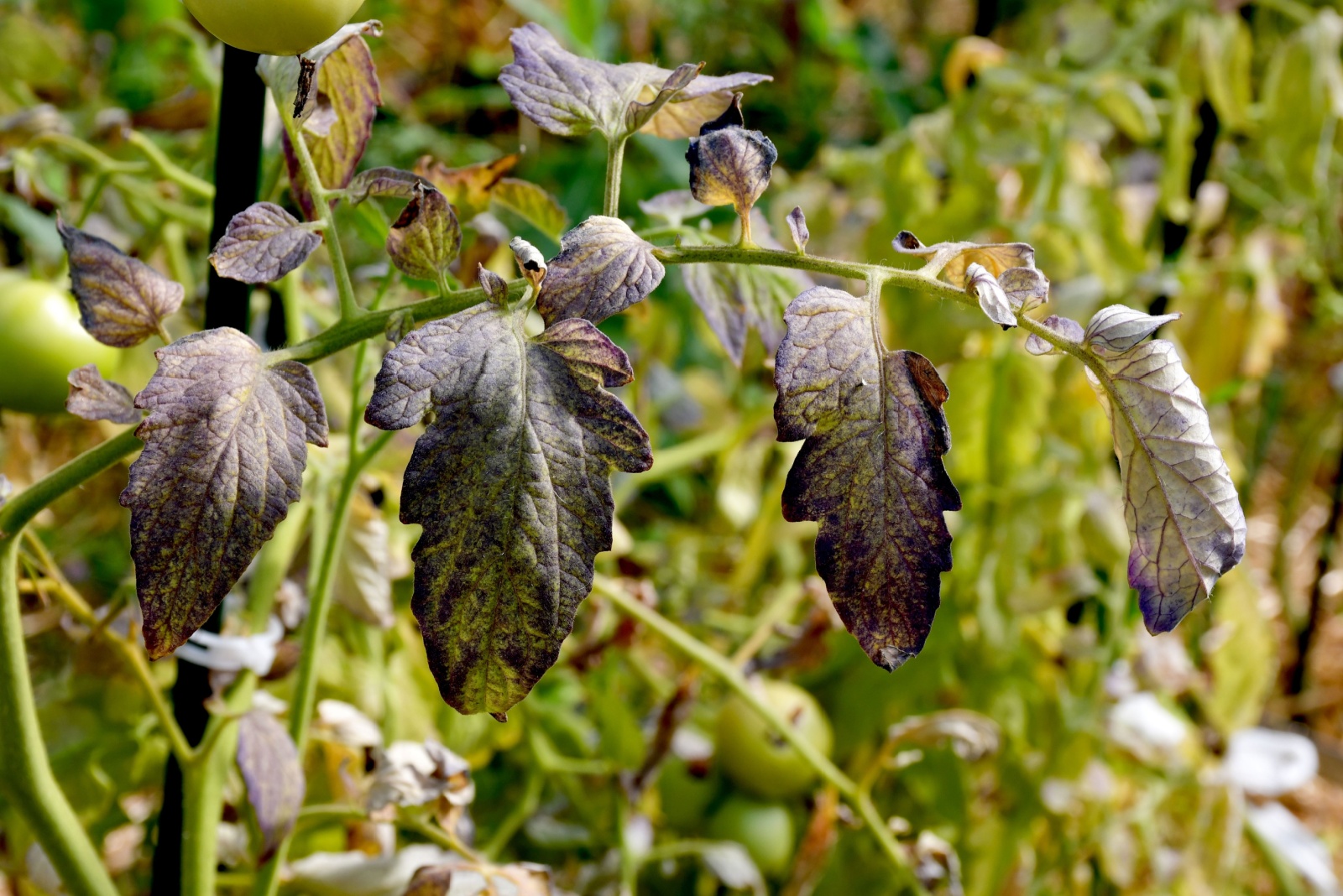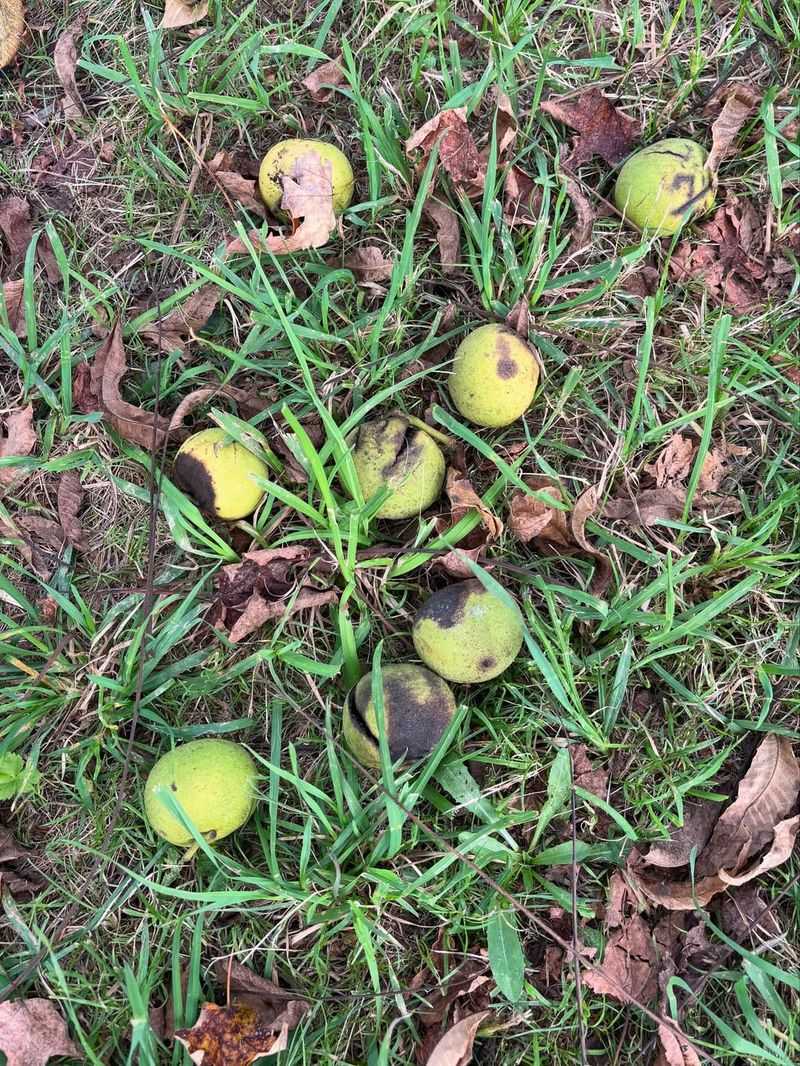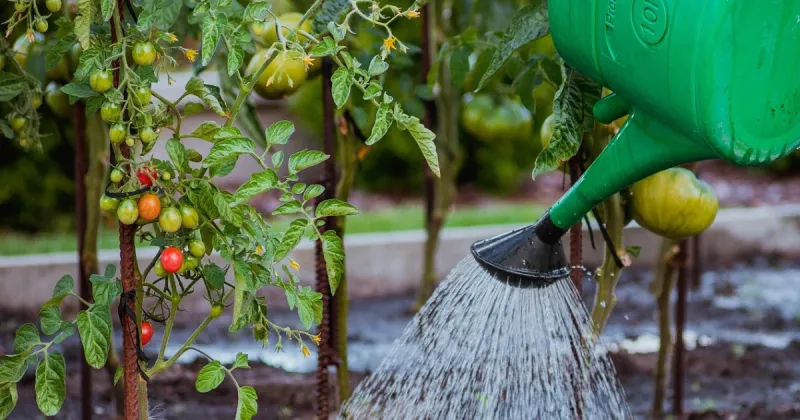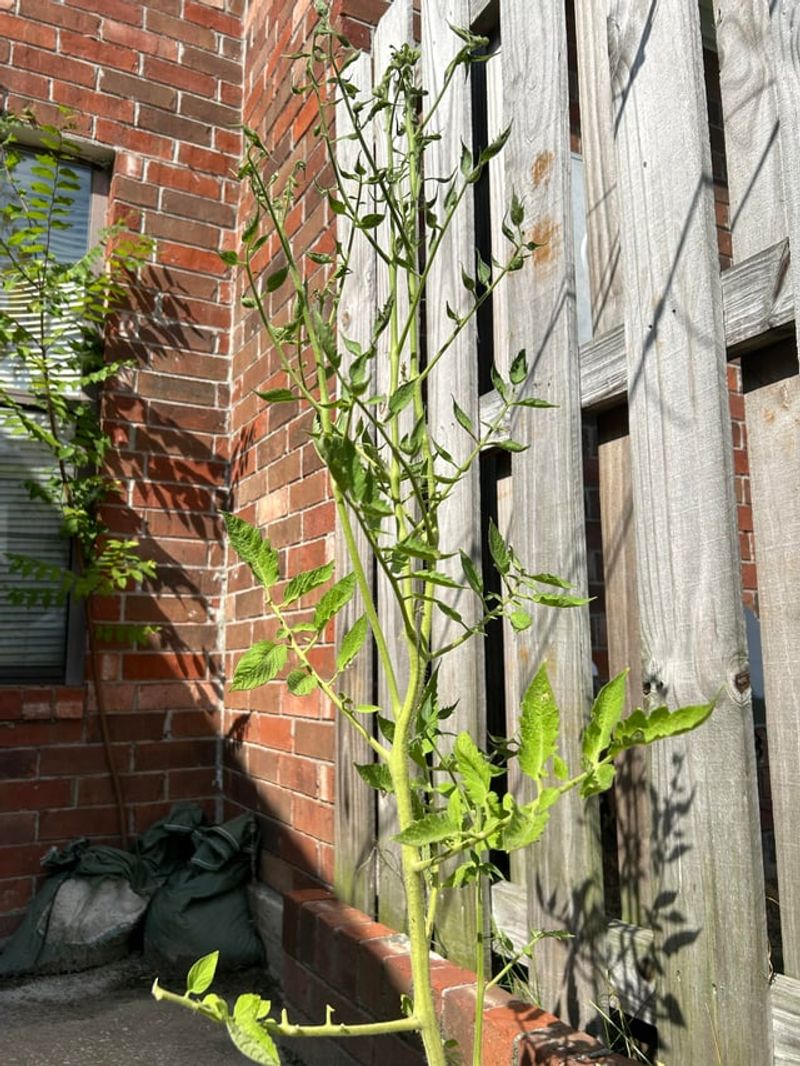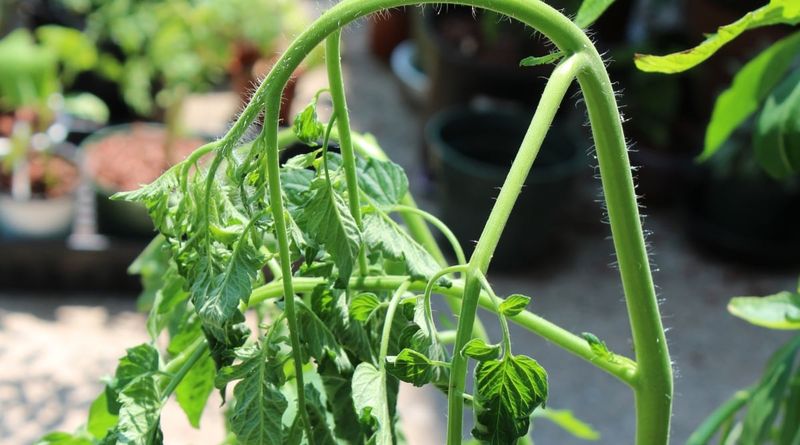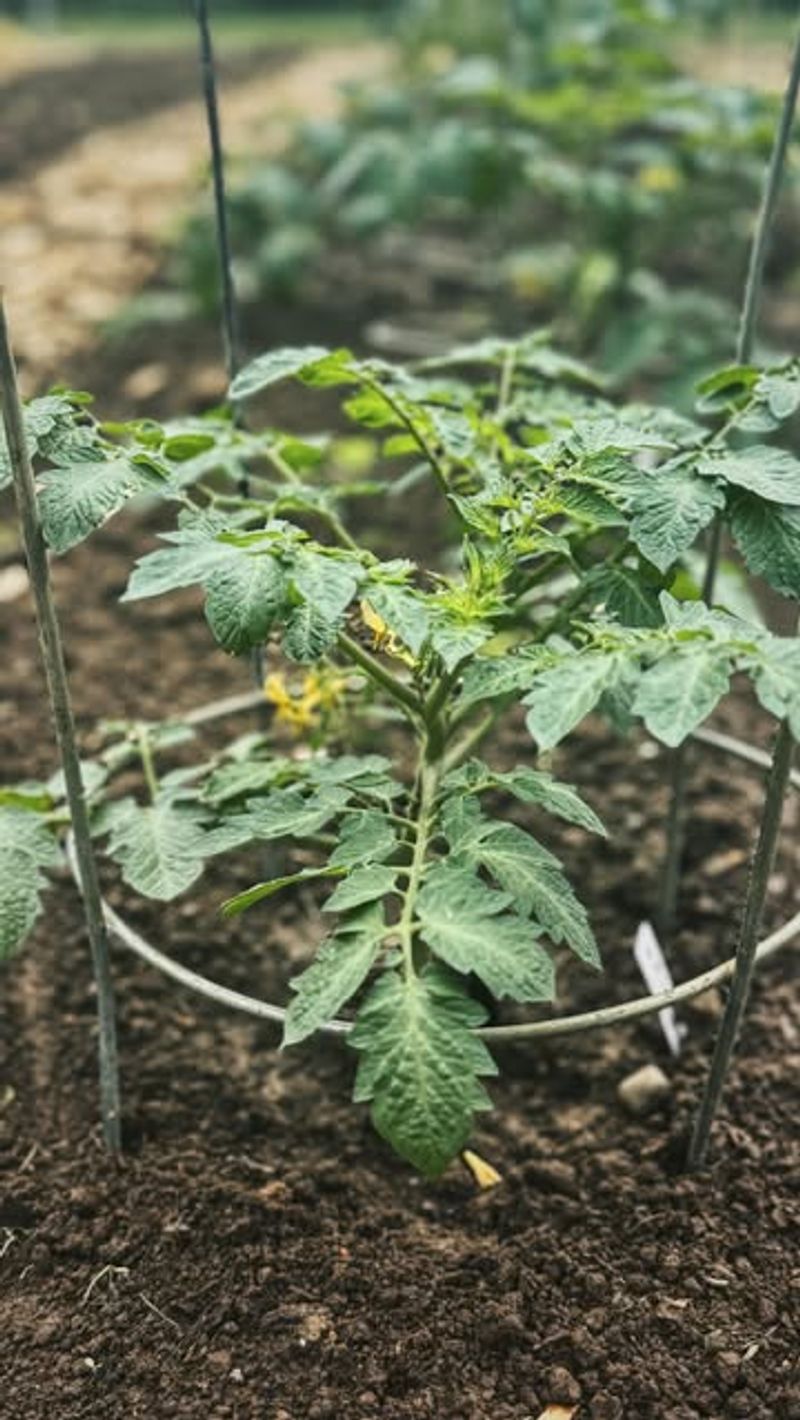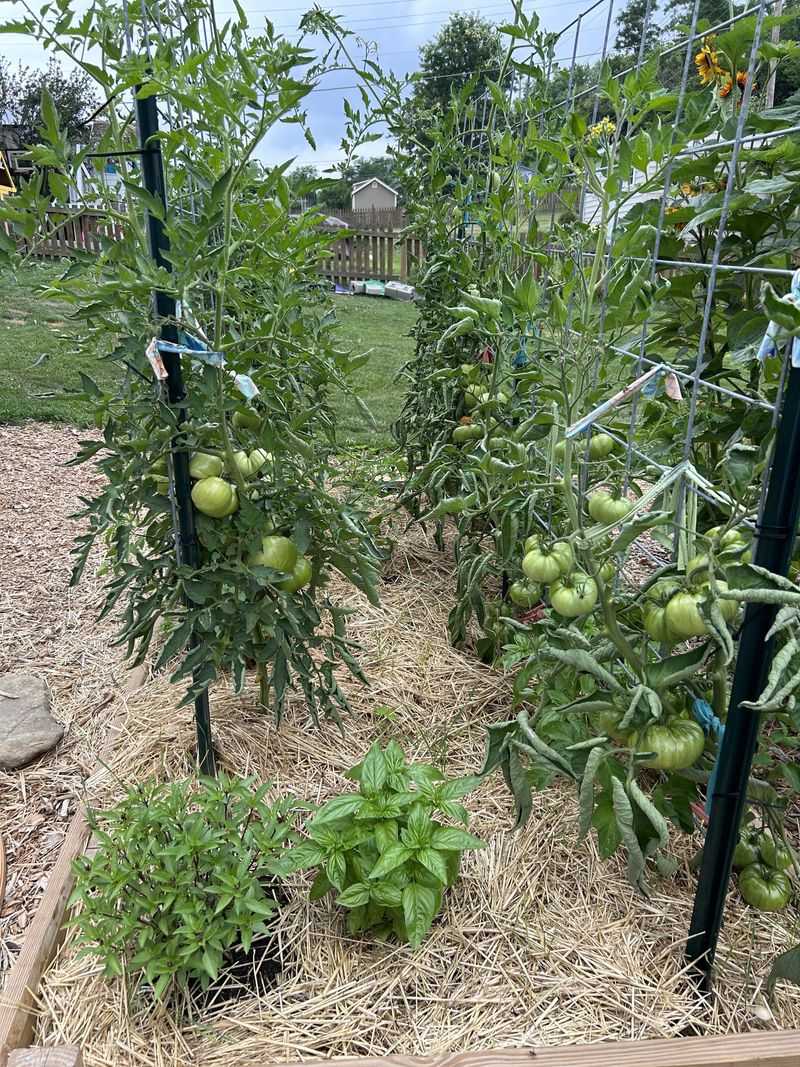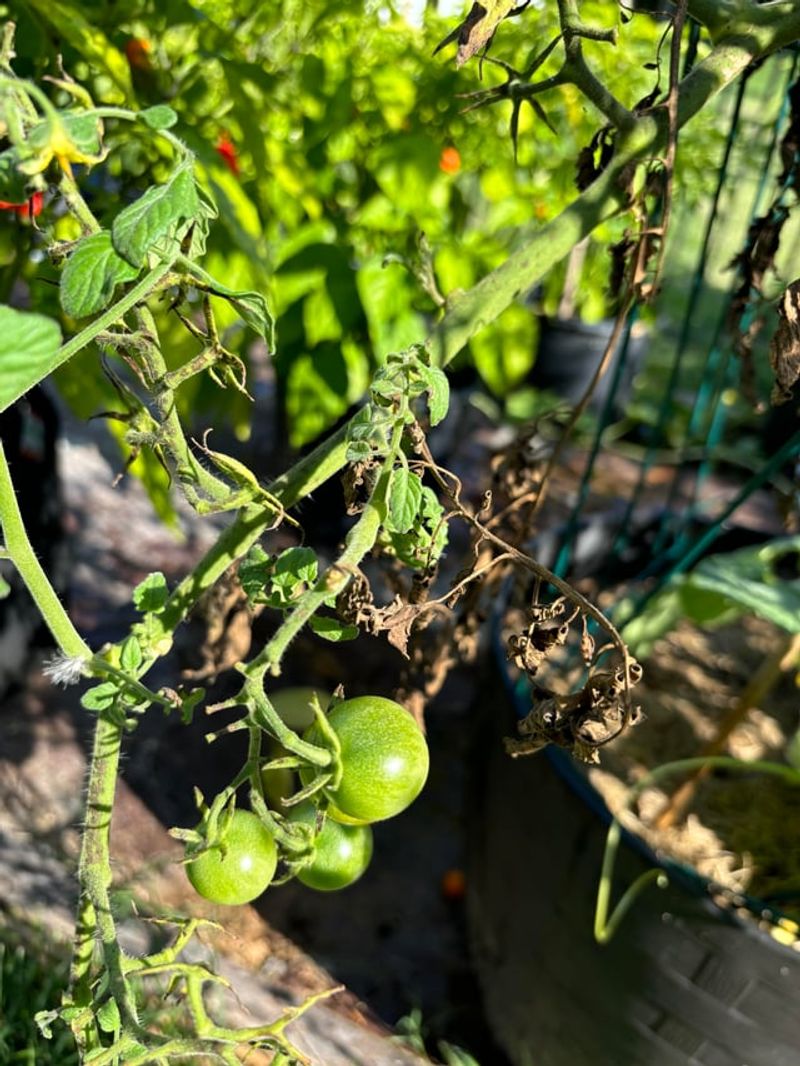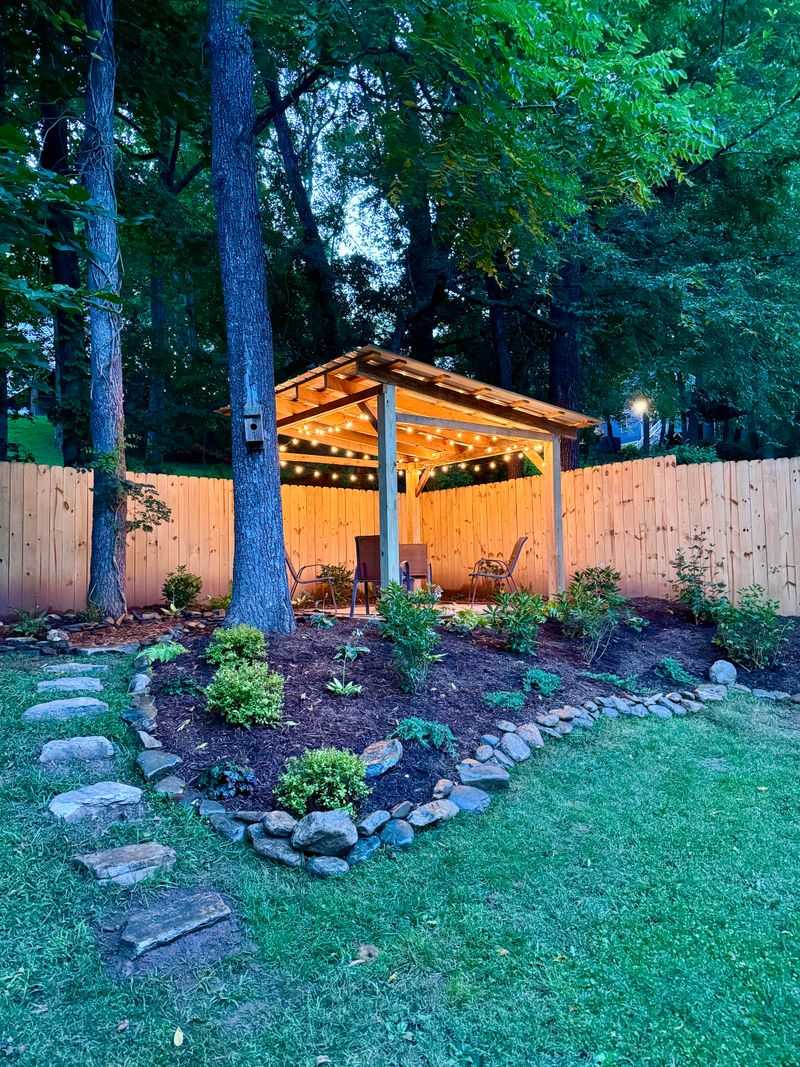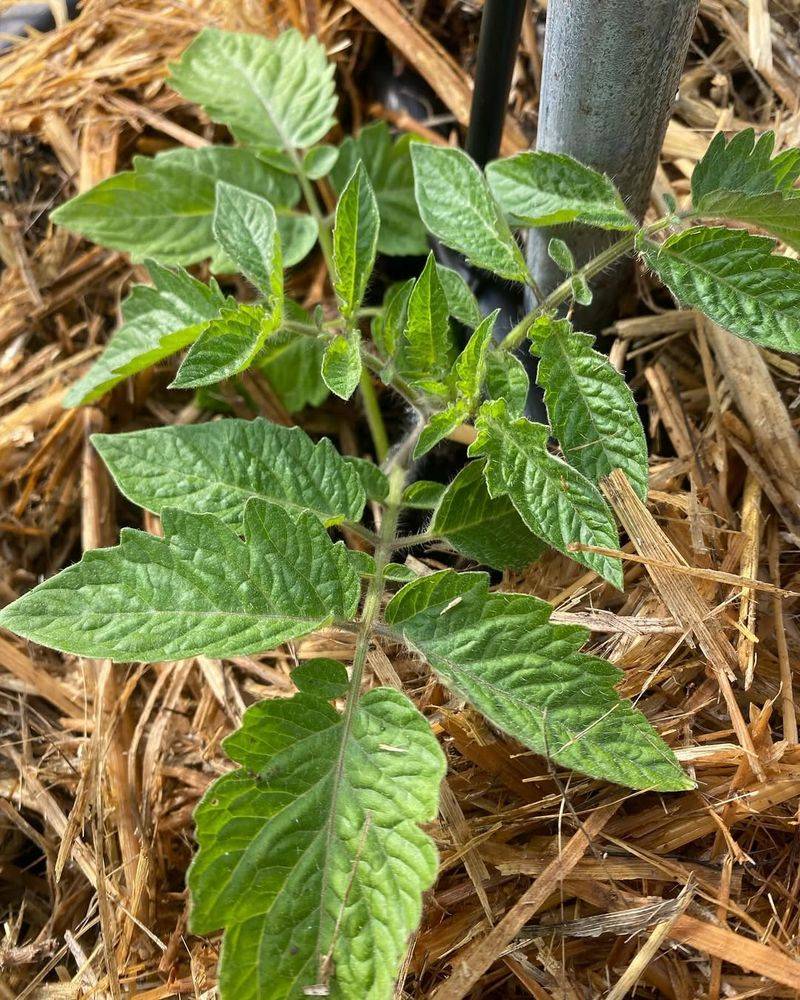Growing tomatoes in Virginia can be incredibly rewarding when you choose the right spot. However, planting them in the wrong location can lead to disappointing harvests, disease problems, and stunted growth.
Understanding where tomatoes struggle most will help you avoid common mistakes and enjoy a bountiful crop all summer long.
1. Under Black Walnut Trees
Black walnut trees release a chemical called juglone that’s toxic to tomatoes and many other plants. This natural substance leaches into the soil through roots, leaves, and nut hulls, creating a hostile environment.
Virginia gardens often feature these stately trees, but their shade isn’t worth the risk. Tomatoes planted within 50 feet of black walnuts typically wilt, turn yellow, and die within days.
Choose a spot far from these trees to protect your harvest.
2. In Heavy Clay Soil Without Amendment
Clay soil holds water like a sponge and drains slowly, which spells trouble for tomato roots. Without proper oxygen circulation, roots suffocate and rot sets in quickly.
Many Virginia gardens deal with heavy clay, especially in the Piedmont and Tidewater regions. Tomatoes need loose, well-draining soil to thrive and produce fruit.
If you must use clay areas, amend deeply with compost and organic matter first to improve structure and drainage.
3. Directly Against North-Facing Walls
Tomatoes are sun worshippers that need at least six to eight hours of direct light daily. North-facing walls cast shadows throughout the day, blocking precious sunlight your plants desperately need.
Virginia summers provide plenty of sunshine, but only if you position plants correctly. Against northern walls, tomatoes stretch toward light, become leggy, and produce few fruits.
Save these spots for shade-loving herbs and relocate tomatoes to sunnier southern or western exposures.
4. In Low-Lying Areas Prone To Flooding
Low spots collect rainwater and create soggy conditions that tomatoes absolutely hate. Standing water drowns roots and invites fungal diseases like blight and wilt.
Summer thunderstorms roll through Virginia regularly, making drainage crucial for success. Even brief flooding episodes stress plants and reduce yields significantly.
Raised beds or mounded rows work beautifully in problem areas, lifting roots above water level and ensuring proper drainage throughout the growing season.
5. Too Close To Established Vegetable Beds
Planting tomatoes right next to peppers, potatoes, or eggplants creates competition and disease risks. These crops belong to the same family and share pests and pathogens.
Crop rotation matters tremendously in Virginia gardens where humidity encourages disease spread. Spacing related plants too closely allows problems to jump between them rapidly.
Maintain at least three feet between tomatoes and their relatives, or better yet, rotate locations annually to break disease cycles completely.
6. Near Aggressive Root Systems Like Bamboo
Bamboo sends runners everywhere underground, stealing water and nutrients from nearby plants. Tomatoes can’t compete with these aggressive invaders and will suffer accordingly.
Some Virginia homeowners plant bamboo for privacy screens without realizing the consequences. Those spreading roots dominate the soil, leaving little for vegetable crops.
Keep tomatoes at least ten feet away from bamboo groves, or install deep root barriers to protect your growing space from invasion.
7. In Spots Where Diseased Tomatoes Grew Last Year
Soil-borne diseases like verticillium wilt and fusarium persist for years in the same location. Planting tomatoes in infected spots guarantees another season of frustration and crop loss.
Virginia’s warm, humid climate helps pathogens survive winter in soil and plant debris. Rotation breaks this cycle by starving diseases of their preferred hosts.
Wait at least three years before returning tomatoes to previously infected beds, giving time for pathogens to die off naturally.
8. Under Dense Tree Canopies
Mature trees create beautiful shade but steal sunlight and moisture that tomatoes require. Roots also compete underground, robbing nutrients from vegetable plants.
Forests and wooded lots are common throughout Virginia, tempting gardeners to use shaded clearings. Unfortunately, dappled light isn’t enough for heavy fruit production.
Choose open areas away from tree drip lines where full sun reaches plants all day long for maximum yields and healthiest growth.
9. In Windy, Exposed Hilltop Locations
Constant wind batters tomato plants, breaking branches and drying out soil rapidly. Exposed hilltops offer little protection, forcing plants to work harder just to survive.
Virginia’s rolling landscape includes many hilltop properties with gorgeous views but challenging growing conditions. Wind stress reduces fruit set and damages delicate flowers.
Plant windbreaks like hedges or fencing, or choose more sheltered valley locations where tomatoes can grow without constant buffeting and moisture loss.

